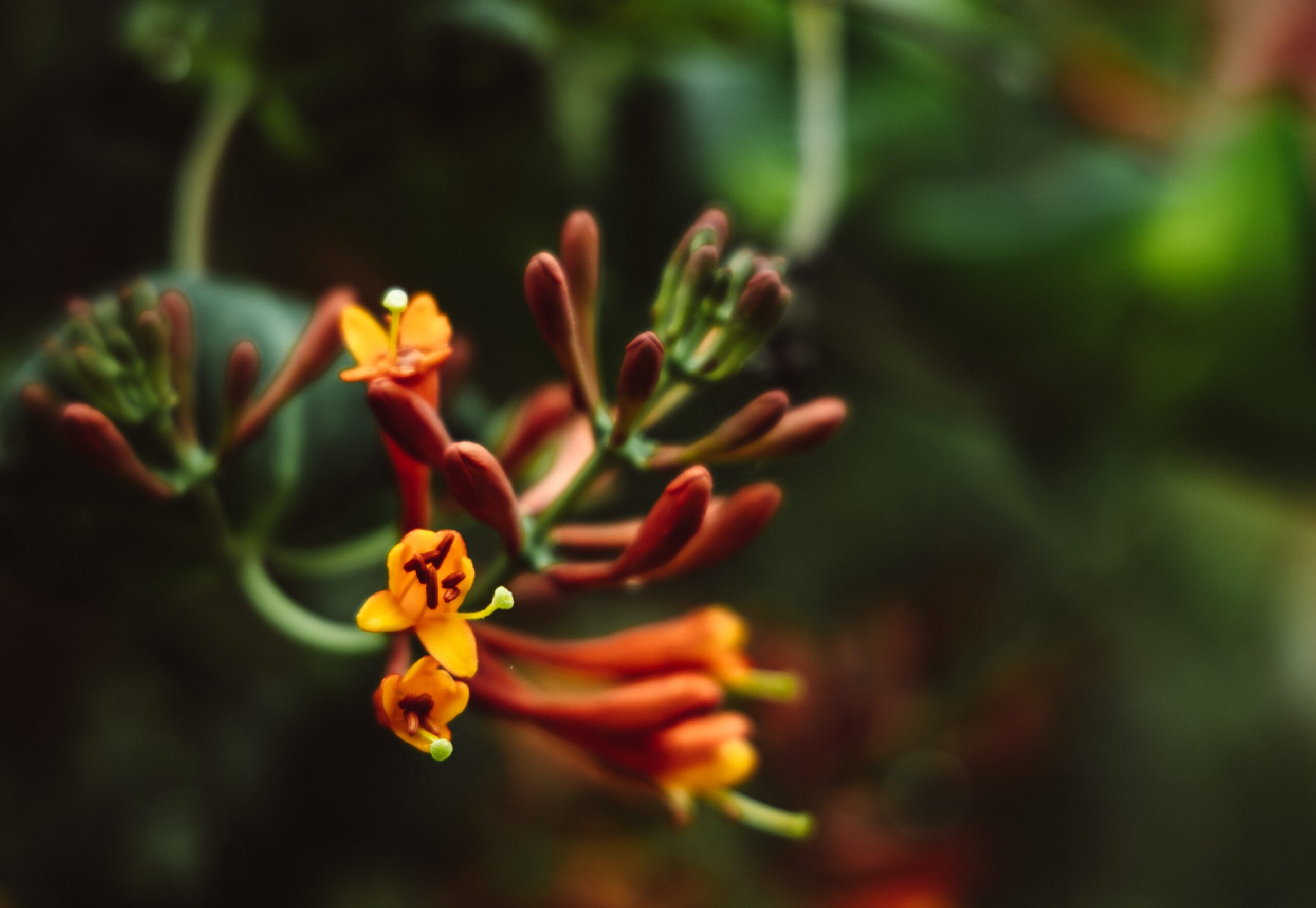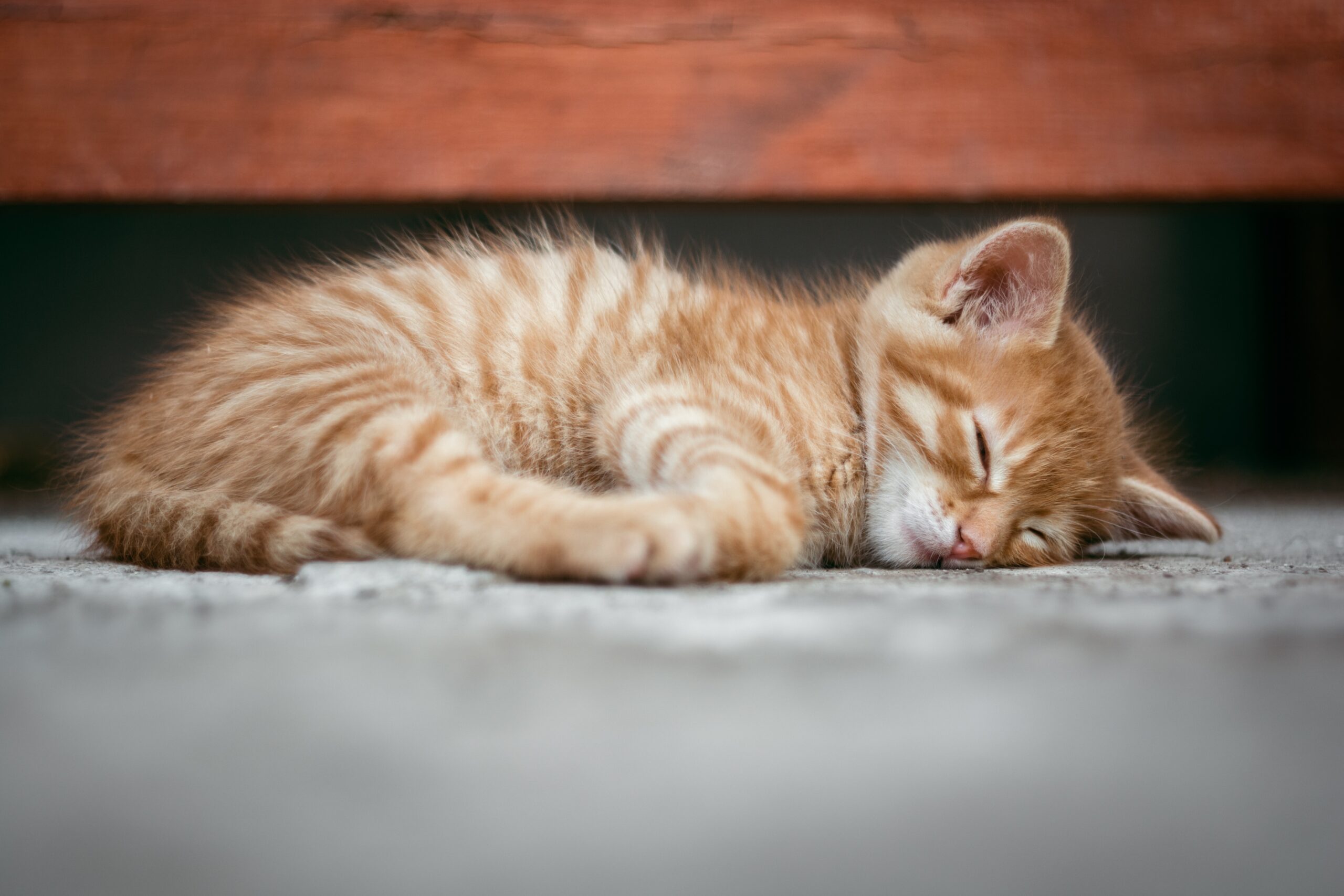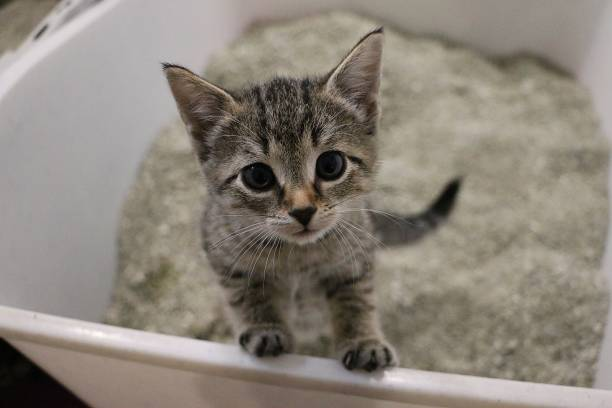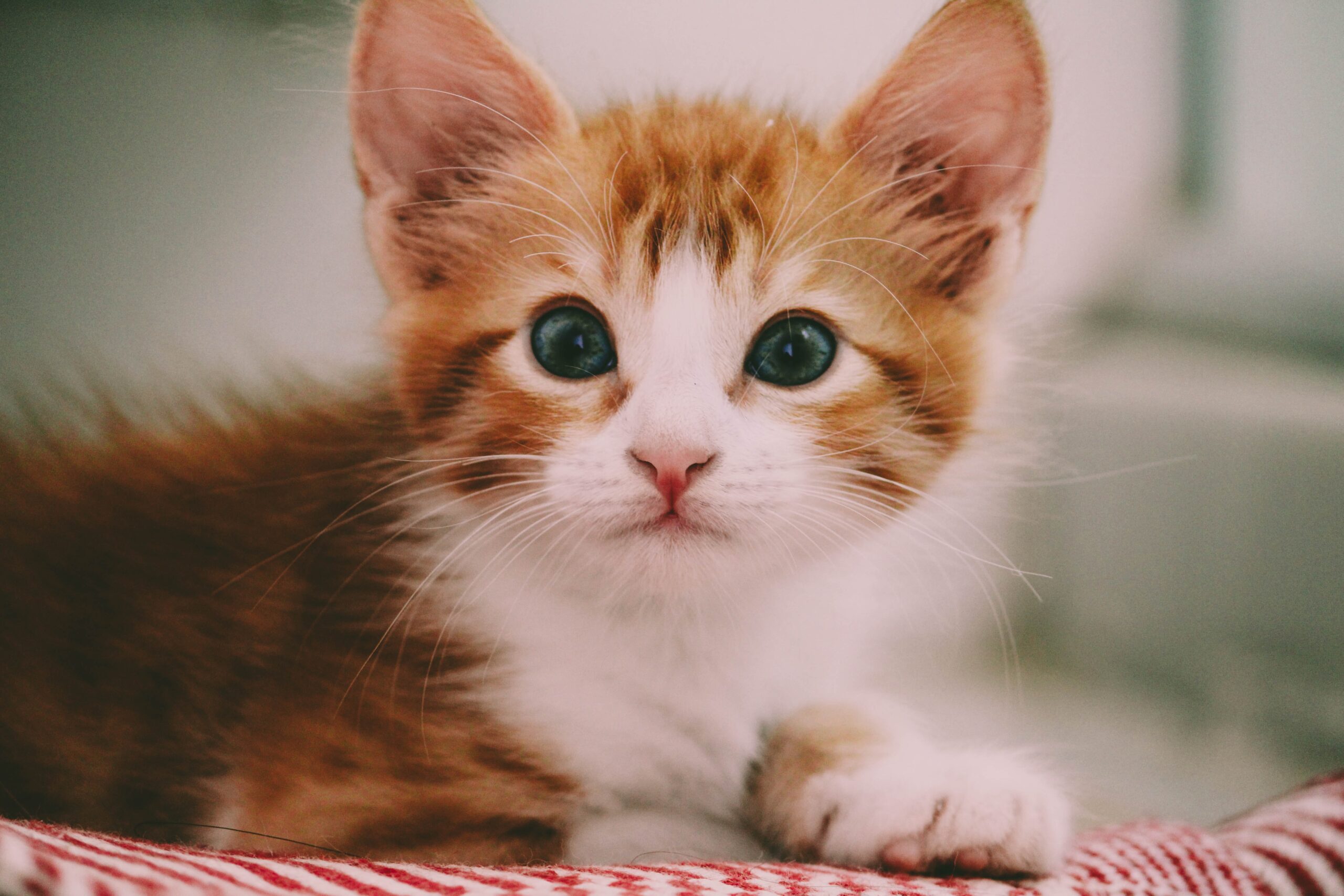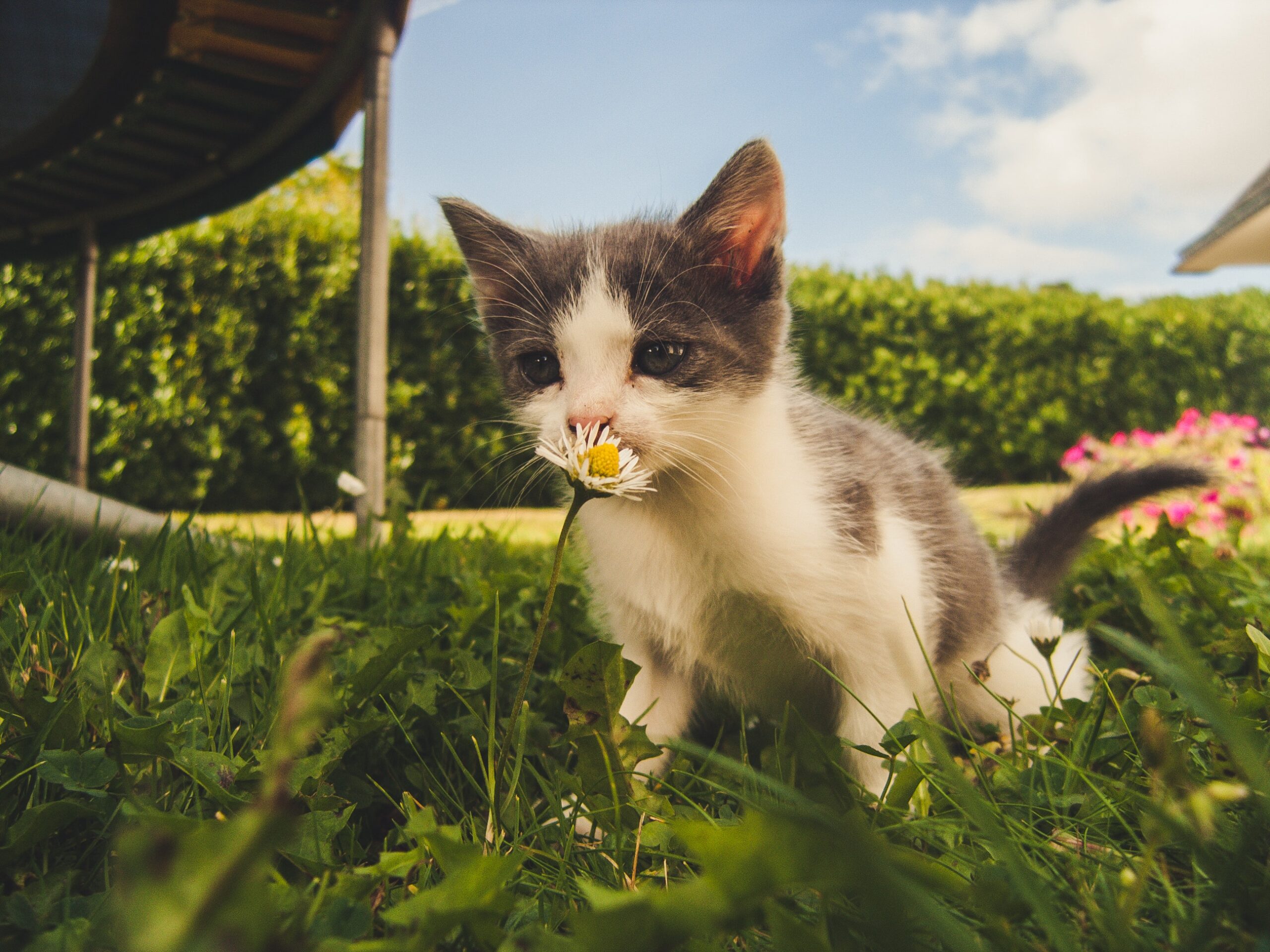Catnip, a well-known herb loved by many cats, has long been associated with playful and euphoric behavior in our feline friends. However, not all cats react to catnip in the same way, and some may not be affected by it at all. In such cases, offering alternative herbs can be a fantastic way to provide enrichment and enjoyment for our beloved pets.
Each cat is unique, with individual preferences and sensitivities. As responsible pet owners, it’s essential to create a diverse environment that appeals to different cats’ tastes. Exploring safe and enjoyable catnip alternatives can unlock new dimensions of excitement and engagement for our furry companions.
This article delves into a selection of cat-safe herbs that can captivate cats just as catnip does. We will explore the characteristics of each herb, their effects on cats, and how you can incorporate them into your cat’s life to create a captivating and enriching experience. From valerian root to silver vine and beyond, let’s discover the world of cat-friendly herbs and elevate our feline friends’ playtime to new heights.
Understanding Catnip and Its Effects
Catnip, scientifically known as Nepeta cataria, is a member of the mint family and contains a compound called nepetalactone, which triggers unique responses in cats. When cats come into contact with catnip, either by smelling or ingesting it, they may exhibit playful behaviors like rolling, rubbing, and increased energy. Catnip can be a delightful and engaging experience for many felines.
It’s crucial to recognize that not all cats are sensitive to catnip’s effects. Around 30% to 50% of cats do not respond to catnip due to genetic factors. This lack of sensitivity doesn’t mean they don’t enjoy other forms of enrichment; it merely indicates that catnip may not evoke the same reactions in them.
Providing alternatives to catnip is essential to ensure all cats have opportunities for stimulating and enjoyable experiences. Just as every cat has unique preferences, they may also respond differently to various herbs. By exploring a diverse range of safe herbs, we can cater to each cat’s individual tastes and create a more inclusive and engaging environment for our furry companions. Let’s delve into the world of catnip alternatives and discover the captivating herbs that can bring joy to all cats.
Safe and Stimulating Herbs for Cats
There are several safe and enjoyable herbs that can serve as excellent alternatives to catnip, appealing to a wide range of feline preferences. Some popular options include:
- Valerian Root: Valerian root emits a pungent aroma that can attract cats, triggering playful behaviors similar to catnip. It may also have a calming effect on some cats, making it ideal for those who respond well to relaxation.
- Silver Vine: Also known as matatabi, silver vine is a popular herb in Asia. Its potent aroma is particularly enticing to cats and often leads to vigorous play and exploration.
- Honeysuckle: Honeysuckle wood or dried honeysuckle buds can stimulate cats and encourage them to engage in playful behaviors. Its floral scent is well-received by many felines.
- Lemongrass: Lemongrass has a citrusy scent that appeals to cats, and it can be used in toys or as a spritz to pique their interest.
- Cat Thyme: Cat thyme, a member of the mint family, emits a pleasant scent that can captivate cats and trigger playful behavior.
Each of these herbs has unique characteristics and effects on cats. While some may induce playful energy and excitement, others might have a calming or stress-relieving impact. Understanding each herb’s scent and its potential effects on felines allows cat owners to cater to their furry friend’s preferences.
The versatility of these herbs allows cat owners to use them in various ways to engage their feline companions. Creating toys infused with these herbs, providing them in fresh or dried forms, or using herbal sprays in their environment are all effective methods to encourage exploration and playful behaviors. By incorporating these safe and stimulating herbs into their cats’ lives, pet owners can enhance their feline friends’ well-being and enjoyment.
Valerian Root: A Potent Cat Attractor
Valerian root stands as one of the most popular alternatives to catnip, captivating feline attention with its unique appeal.
The distinctive scent of valerian root is particularly enticing to cats, often eliciting excitable behaviors like rolling, rubbing, and playful antics. Cats may become animated and intensely curious when exposed to this aromatic herb, making it a delightful addition to their playtime repertoire.
To offer valerian root to cats safely, pet owners can incorporate it into various interactive toys or sprinkle it onto cat scratchers and climbing structures. By doing so, cats can indulge in their natural instincts while interacting with the herb in a controlled and enjoyable manner. Additionally, valerian root can be found in dried or fresh forms, enabling cat owners to experiment and discover the preferred presentation for their feline friends.
Silver Vine: The Irresistible Vine
Silver vine, another enchanting herb, shares striking similarities with catnip in its ability to stimulate cats’ natural instincts.
For some cats, silver vine can be even more potent than catnip, making it an excellent alternative for those who may not respond as strongly to traditional catnip. The unique combination of compounds in silver vine, including actinidine, is responsible for its enticing effects on felines, evoking playful and lively behaviors.
Silver vine can be introduced to cats in various ways to pique their interest and excitement. Cat owners can incorporate the dried herb into interactive toys or create DIY sachets to engage their pets. As cats interact with the silver vine, they can experience moments of pure bliss and captivation, making it a valuable addition to their playtime experiences. Additionally, cat owners can explore silver vine-infused sprays or sticks to further enrich their cats’ environment and stimulate their senses.
Honeysuckle: The Sweet-Scented Option
Honeysuckle, a delightful alternative herb for cats, offers a sweet and enticing aroma that can captivate feline attention.
Cats are naturally drawn to the aromatic allure of honeysuckle, and its unique scent can evoke playful and curious behaviors in them. The herb’s pleasant fragrance can spark a sense of excitement and exploration, making it an excellent choice for cat owners seeking diverse enrichment options.
Honeysuckle is available in various forms that can be used for cat play. Dried honeysuckle wood can be fashioned into toys or added to scratchers to entice cats to engage in interactive play. Additionally, some cat owners may choose to use honeysuckle essential oil on their cat’s toys or bedding to create a soothing and enjoyable environment. Regardless of the form chosen, honeysuckle provides a novel and enchanting experience for cats, keeping them entertained and content.
Lemongrass: The Zesty Feline Delight
Lemongrass emerges as a delightful alternative herb for feline enrichment, offering a zesty and invigorating aroma that appeals to cats.
Cats are known for their curiosity, and the lively scent of lemongrass can captivate their senses, arousing playful and engaging behaviors. The herb’s citrusy fragrance can create a refreshing and stimulating atmosphere, piquing cats’ interest and encouraging active exploration.
Lemongrass can be introduced to cats in different ways to promote interaction and enjoyment. Dried lemongrass leaves can be infused into toys or sprinkled on scratchers to attract cats to play. Some cat owners may even consider growing lemongrass indoors, providing an accessible and aromatic garden for their feline companions. With its invigorating scent, lemongrass is an excellent addition to a cat’s sensory environment, enriching their daily lives and fostering a sense of contentment.
Cat Thyme: A Whisker-Twitching Herbal Delight
Cat thyme emerges as an enchanting alternative herb for feline enrichment, captivating cats with its alluring aroma and stimulating effects.
Cat thyme, also known as catnip-leaved germander, possesses an irresistible fragrance that can trigger whisker-twitching excitement in cats. The herb’s scent has a calming yet exhilarating effect, enticing cats to play, pounce, and explore their surroundings with newfound zeal.
Cat thyme can be introduced to cats through dried leaves, sprigs, or cat thyme-infused toys. Providing a cat-friendly garden with live cat thyme plants is another option to allow cats to interact with the herb naturally. The aromatic allure of cat thyme makes it a delightful and safe herbal option for enriching a cat’s environment, ensuring hours of playful bliss and enchantment.
Cat-Friendly Herbs for Soothing and Relaxation
For cats in need of relaxation and tranquility, exploring the world of calming herbs like chamomile and lavender can bring a sense of serenity to their lives.
Chamomile and lavender, with their gentle fragrances, have proven to be effective in creating a calming environment for anxious or stressed cats. The soothing scents can help alleviate nervousness and promote a sense of peace, making these herbs ideal for cats dealing with anxiety or adjusting to new environments.
While these calming herbs can offer comfort to our feline friends, it is crucial to remember that moderation is key. Cat owners should introduce these herbs in small amounts, ensuring the well-being and safety of their beloved companions. Additionally, consulting with a veterinarian before incorporating new herbs into a cat’s routine is always a wise choice, as individual cat reactions may vary. With the right approach, these cat-friendly herbs can bring a calming touch to a cat’s life, providing them with a haven of relaxation and tranquility.
Homemade Catnip Alternatives DIYs
For cat owners looking to engage their creative side, crafting homemade catnip alternatives can be a rewarding and enjoyable experience. Explore various DIY ideas that can captivate your feline companion, such as crafting homemade cat toys or herb-infused scratchers.
Step-by-step instructions for making these enriching items will guide you through the process of creating interactive and stimulating playthings for your cat. From simple yarn balls infused with cat-friendly herbs to innovative scratchers adorned with enticing scents, these DIY projects offer a personalized touch that your cat will appreciate.
Beyond the sheer fun of crafting, engaging in DIY projects with your furry friend has the added benefit of strengthening the bond between you and your cat. Spending quality time together as you construct these captivating items can create lasting memories and provide shared moments of joy and excitement. Embrace your creativity and embark on these engaging DIY ventures to offer your feline companion a world of delightful and safe alternatives to catnip.
Conclusion
Delving into the world of catnip alternatives opens up a realm of possibilities for enriching our feline companions’ lives. By offering a diverse selection of safe and enjoyable herbs, we can provide our cats with endless opportunities for play, exploration, and mental stimulation.
As every cat is unique, it’s essential for cat owners to keenly observe their feline friends’ reactions and preferences when introducing these herbal delights. Some cats may have a penchant for the playful effects of valerian root, while others might find solace in the calming scents of chamomile or lavender.
Ultimately, the well-being and happiness of our cats are at the heart of the matter. Creating a stimulating and safe environment with cat-friendly herbs not only fulfills their natural instincts but also strengthens the bond between feline and human. By embracing these catnip alternatives, we open doors to a world of delight, exploration, and joy for our beloved companions, allowing them to lead fulfilled and active lives in the comfort of our homes.






